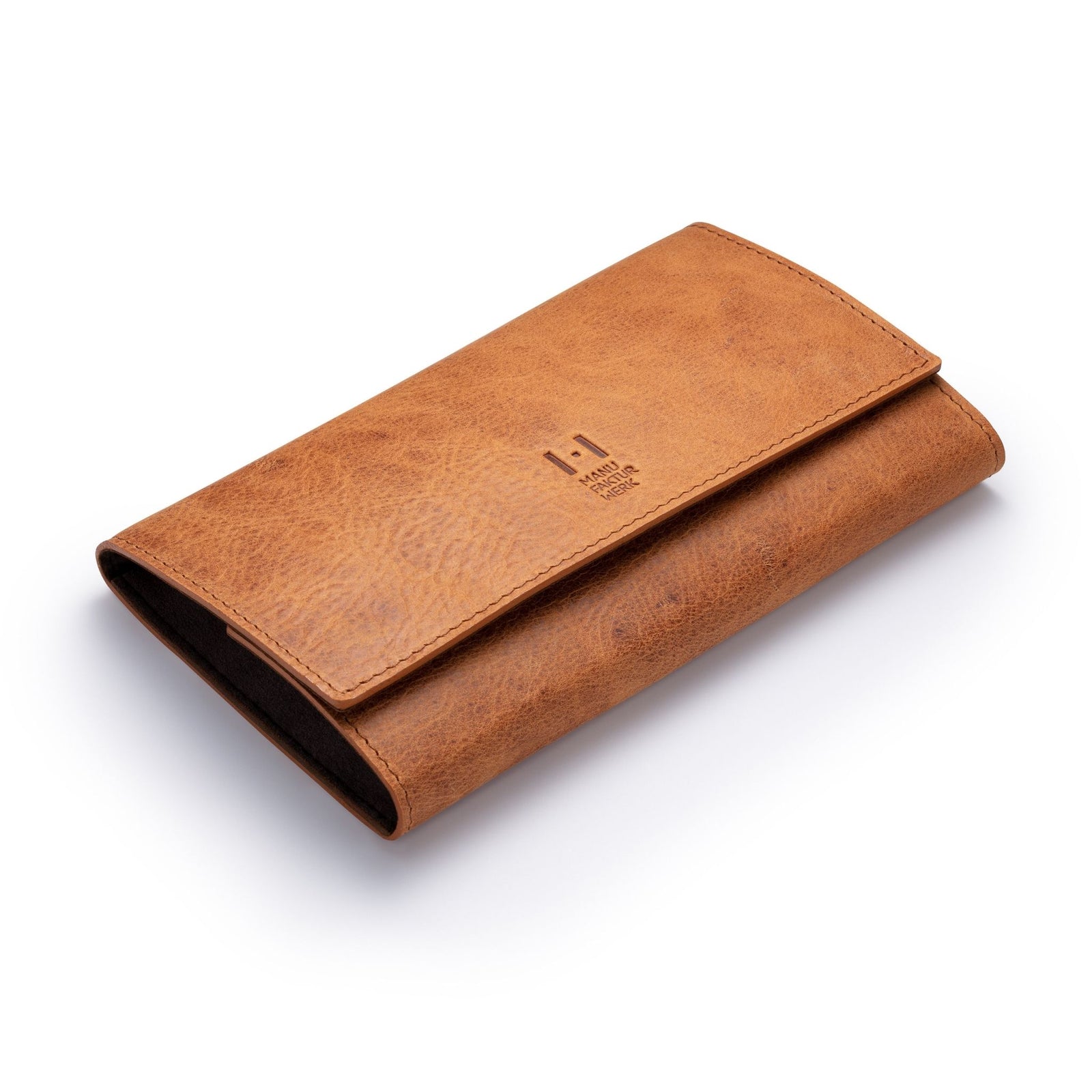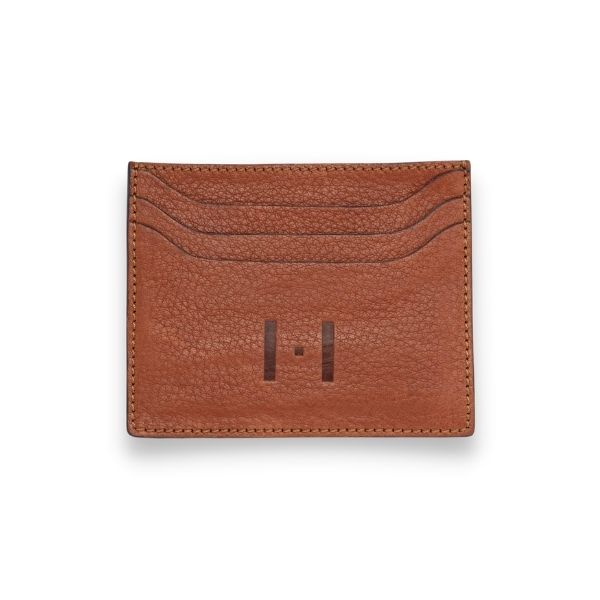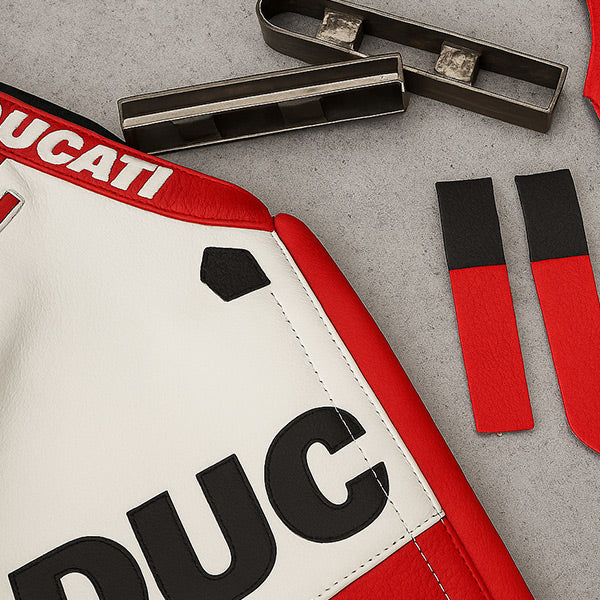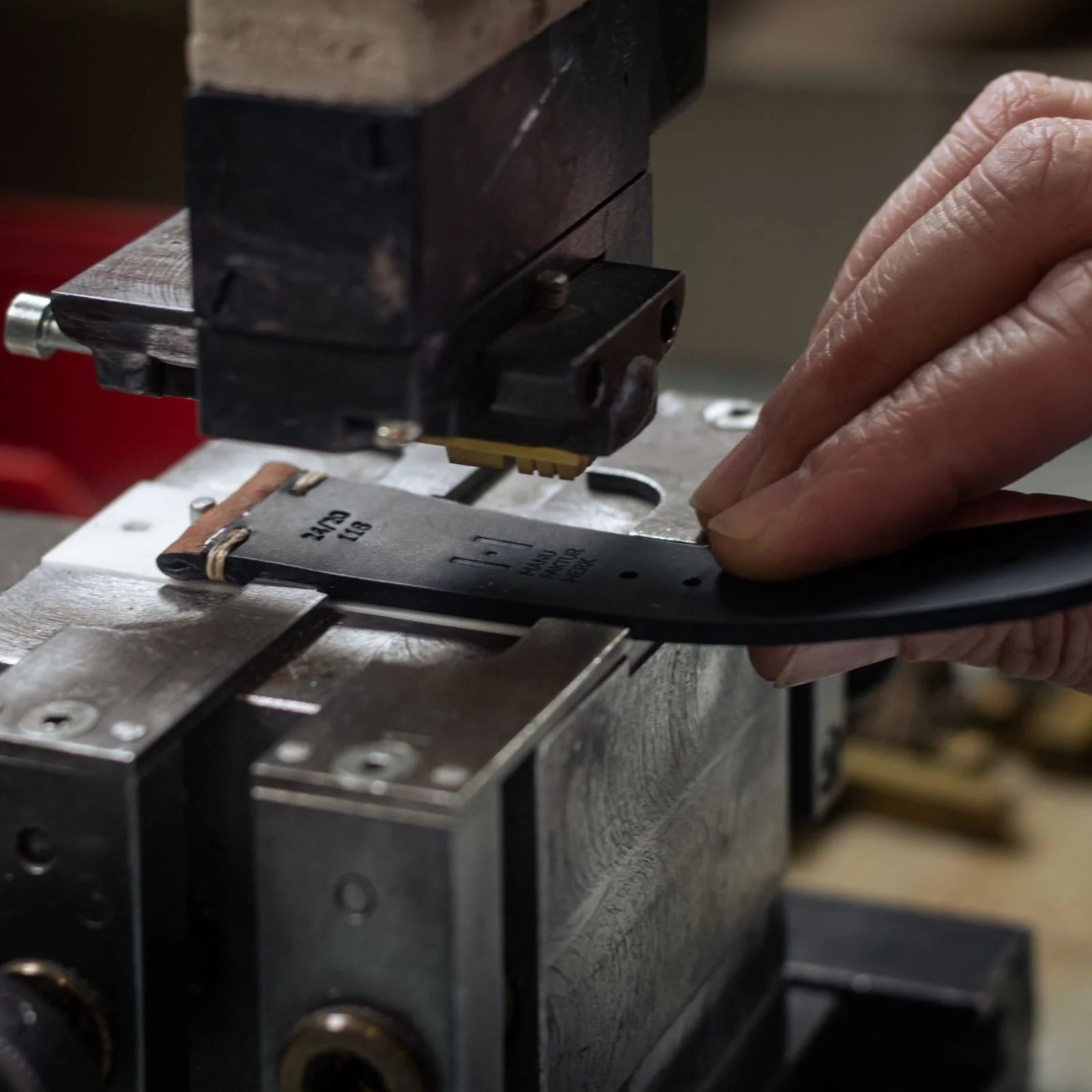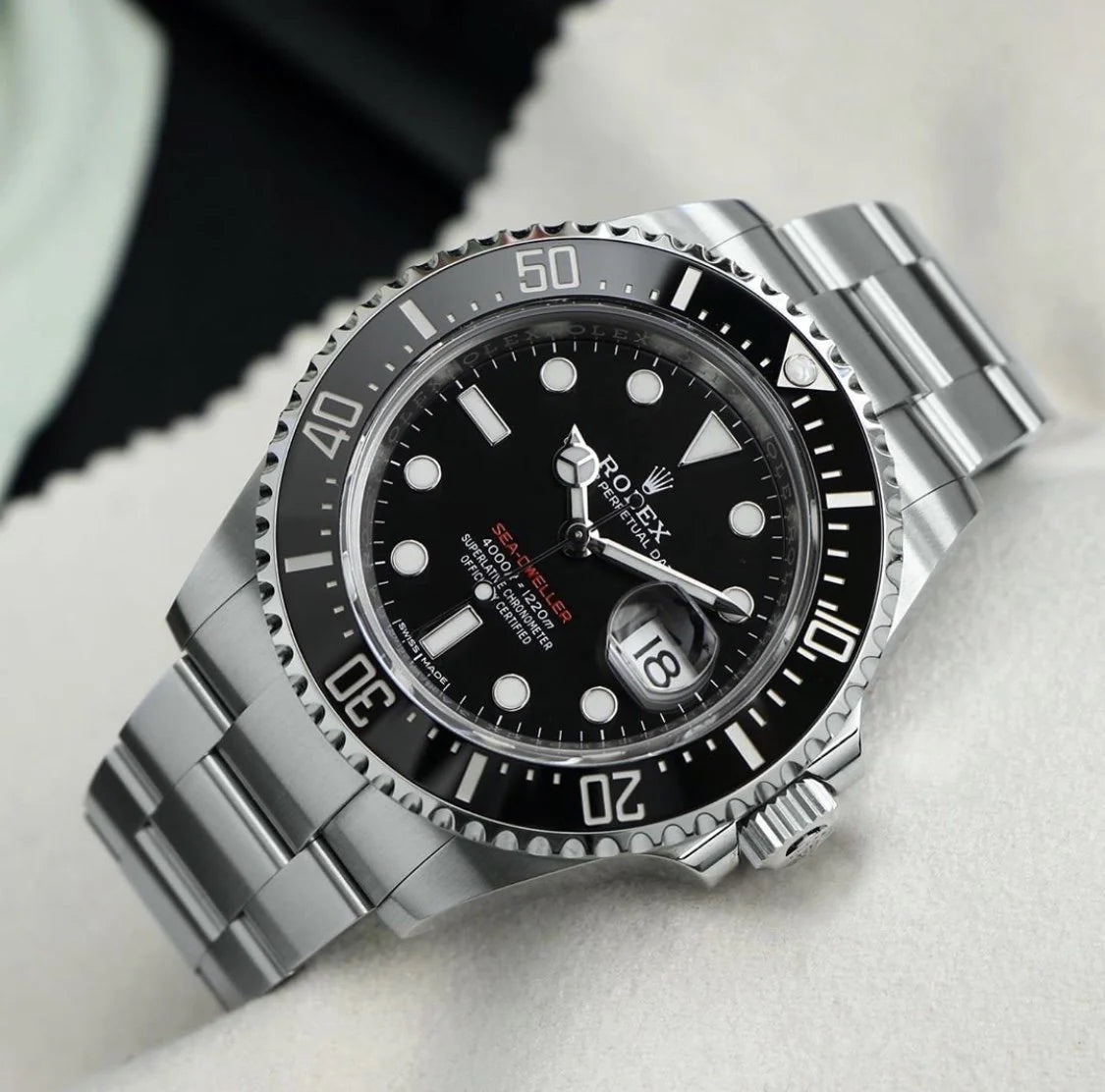A manufactory (from Latin manus 'hand' and Latin facere 'build', 'do', 'make', 'manufacture') is a production facility of craftsmen of different professions or highly specialized sub-workers of a craft, whose different work processes contribute to the production of a common one The goal is to achieve the final product. In many parts of the world, manufactories are now only a small-scale type of productive operation. In European economic history, they replaced medieval crafts and were themselves displaced by factories as part of industrialization. The manufactories differ from the latter in that they have less mechanical equipment and work predominantly by hand, although the boundaries of the term can be fluid. Manufactories emerged in Europe, especially in the early modern period, from both private and state initiatives.
Table of contents
1 Definition and history of terms
2 Origin
3 story
3.1 France
3.2 Rest of Europe
3.2.1 Prussia
3.2.2 Spain and Portugal
3.2.3 Poland-Lithuania
3.3 Outside Europe
4 criticism
5 The modern term
6 See also
7 Literature
8 web links
9 individual records
Definition and history
Augarten Porcelain Manufactory (Leopoldstadt, Vienna, Austria)
A manufactory is created in different ways:
The combination of various crafts into a workhouse. Previously decentralized, independent professions now work centrally under one roof. For example, wood turners, locksmiths, gilders and other guild members work together in a carriage factory and have a common goal.
The dissection of a craft. A wide range of activities in a profession are carried out by highly specialized workers after being broken down into individual steps. For example, the Royal Warehouse in Berlin relocated spinners and weavers, which was also seen as a prototype of a centralized manufacture.
Summary and dissection reflect the division of labor and lead to a general increase in productivity. Although technical progress goes hand in hand with the division of labor, it is expressed primarily in the production of new tools and the refinement of existing ones. It does not overcome the entirely artisanal character of production in factories.
In the 18th and 19th centuries, the terms workshop, manufactory and factory were often used interchangeably.[1] During this time, manufactories sometimes had the term “factory” in their names because it symbolized a progressive production and operational system.[2]
Origin
Evidence This article or the following section does not contain sufficient evidence (e.g. individual evidence). Information without sufficient evidence could soon be removed. Please help Wikipedia by researching the information and including good evidence.
The economics of early mercantilism measured the wealth of an economy by its financial resources (gold). In order to increase the wealth of the state, princes were instructed to reduce imports of (expensive) finished products and instead promote exports of their own products and thus achieve a positive balance of payments.
In order to achieve these goals, manufactories were built. They were characterized by the economic principles of capitalism, such as the separation of workers from ownership of the means of production and the reorganization of work processes with the aim of increasing efficiency. These new factories should significantly increase the production of their own finished products while reducing costs at the same time. These principles, which took hold of the entire economic life with later industrialization, are referred to as manufacturing capitalism.
In addition to reforming the production process, legal regulations were passed that promoted the export of goods but hindered the import of foreign finished products. The latter happened, for example, through the imposition of high import duties or the legal requirement to only consume goods produced domestically. In order to further reduce costs, orphans and beggars were often forced to work in the factories (see also: workhouse). For this purpose, for example, orphanages with an attached spinning factory were built.
The production of new tools and the refinement of those available in the manufactory formed the prerequisite for the development of machines and a factory system based on them, which largely replaced the classic craftsmanship in the manufactory.
Story
See also: History of production technology
In the early modern period, manufactories for a wide variety of products emerged, especially in the absolutist countries of Europe, including porcelain, silk, tapestries, leather goods, playing cards, clocks, wallpaper, weapons and paper.
France
Under King Henry IV and his finance minister Sully, mercantilism prevailed in France, relying on the development of a manufacturing industry at home. On the advice of the economist Barthélémy de Laffemas, the king supported, among other things, the establishment of silk production in France.[3] In 1602, Henry IV instructed every community to set up a mulberry tree plantation and a silkworm farm. In addition to these new projects, the ruler and his advisors were also interested in existing and expandable economic sectors in their own country. He supported numerous private manufacturers with space, money and privileges, which were later placed under the control of the state. Under Louis To promote production, tapestry specialists were recruited as foreign workers from Flanders. Specialists in glass, mirrors and lace were brought into the country from the Italian states, and metal specialists from the north. Emigration for specialists was banned and later made punishable by death. Since private initiative was not very great despite many incentives, state-owned manufacturing companies were set up. In 1663, Colbert, in his role as "Surintendant et ordonnateur général des bâtiments, arts, tapestry et manufactures de France", founded the "Manufacture royale des tapisseries et des meubles de la Couronne", which was under the artistic direction of Charles Le Brun (until 1690). employed over 250 craftsmen (bronze casters, cabinetmakers, silversmiths, stone cutters, ivory carvers, etc.).[4] All French picture-making studios, which were brought together in the tapestry factory, were also incorporated into it. The privately run Savonnerie factory with its monopoly on knotted carpets was now also subject to state supervision. Wars forced the king to close the factory in 1694. Only the tapestry factory was reopened in 1699.[5] Some of the factories structured by Colbert were still active until the end of the Ancien Régime, others are still active today.
Manufactories founded or reorganized by Colbert and granted state privileges:
for tapestries: Manufacture royale des Gobelins in Paris, as well as manufactories in Beauvais and Aubusson
for knotted carpets: Savonnerie factory in Paris[6]
for mirrors and glass: Manufacture royale des glaces de miroirs in Saint-Gobain
for lace, twill and wool stockings: factories in Seignelay
for cloth: Manufacture royale des Rames in Abbeville, Manufacture de draps in Villeneuvette and Elbeuf
for ribbons: Manufacture des rubans in Chevreuse
A royal porcelain factory was not set up in Sèvres until 1760.
Rest of Europe
Andreas Pirot: Arlecchino's entry into Venice. Tapestry from Würzburg, around 1745.
Porcelain factory in Meissen
Other European princes followed France's example and founded their own state-run factories or supported private entrepreneurs in setting them up. In the 18th century, porcelain manufacturers in particular spread throughout Europe. August the Strong founded the Royal Polish and Electoral Saxon Porcelain Manufactory in Meissen by decree in 1710, the first porcelain manufactory on the European continent. Tsarina Elisabeth followed suit in 1744 with the Neva porcelain factory in St. Petersburg. Elector Maximilian III. Joseph allowed an entrepreneur to set up his Nymphenburg porcelain factory in 1747 in a building on the edge of the palace park. Smaller German principalities were also interested in having their own porcelain factory: in 1758, the “Ducal-Eight Porcelaine Factory” was founded on the decree of Duke Carl Eugen of Württemberg. Duke Charles I of Braunschweig-Wolfenbüttel instructed Johann Georg von Langen to found the Fürstenberg porcelain factory as early as 1747. But other goods were also increasingly produced in manufactories with the support of the rulers. Under the protection of Duke Charles I, Georg Heinrich Stobwasser also settled in Braunschweig in 1763 with a “lacquer goods factory” in which household items were manufactured using the lacquer painting technique that came from China. Frederick the Great was very impressed and tried to lure the company away to Berlin in the early 1770s. Relatively late, in 1779, the Danish King Christian VII became interested in the porcelain factory of the pharmacist Frantz Heinrich Müller and turned it into the Kongelige Porcelain Factory.
In addition to the increasing spread of porcelain, numerous faience factories also emerged, such as the one that Count Johann Rudolf von Wrisberg had built at his Wrisbergholzen Castle in 1736, or the one founded by Emperor Franz I in Holíčs in 1743.[7] Numerous other foundations testify to the expanding manufacturing industry in Europe: In 1749, Count Heinrich von Brühl acquired a plantation property in Hosterwitz near Dresden, on which he initially ran a snuff and smoking tobacco factory, and later a silk factory with silkworm breeding. In 1754, Empress Maria Theresa nationalized the Linz wool fabric factory, which had been founded in 1672, as the “KK Aerarial wool fabric, cloth and carpet factory in Linz”. In 1785, Emperor Joseph II gave Jacques Louis Macaire de L'Or the Dominican Island near Constance for a small rent, where the entrepreneur set up an Indian factory.
Some European rulers tried to establish a tapestry factory in their territory based on the model of the French tapestry factory. In 1684, the Danish King Christian V called Berent van der Eichen from Brabant to Denmark to set up a tapestry factory in Copenhagen (closure in 1692). In 1716, Peter the Great founded a tapestry factory in Yekaterinenhof, a suburb of St. Petersburg. For this purpose he engaged weavers and dyers from Paris and Beauvais.[8] In 1718, Elector Max Emanuel set up a state tapestry factory in Munich with Huguenot weavers. Other Huguenot artisans settled in Erlangen, Würzburg and Bayreuth.[9] To furnish the Würzburg residence, Prince-Bishop Friedrich Carl von Schönborn commissioned the German weaver Andreas Pirot to set up a tapestry factory, which produced around 25 tapestries and over 100 furniture covers for the Prince-Bishop from 1728 to 1749.[10][11]
Prussia
Monbijou Palace in Berlin 1740. A tapestry factory was housed here until 1713.
In Prussia, manufacturing experienced an early boost thanks to the refugee Huguenots. In the year of their arrival, 1686, Pierre I Merciers and Jean I Barrabands founded a tapestry factory in Monbijou Palace in Berlin with electoral privilege (closure in 1713). In 1716, Friedrich Wilhelm I hoped to be able to set up a mulberry plantation for silkworm breeding in Berlin with the help of French experts. However, the company failed. Instead, he soon supported the von der Leyen brothers' silk production in Krefeld, Prussia, with privileges (Prussian silk monopoly under Frederick II). With the Royal Warehouse, a wool factory that was opened in 1713 to supply the army, he at least made the wool industry in Berlin profitable again. His successor Friedrich II opened a whole series of manufactories, such as the Royal Porcelain Manufactory in 1763. Privately, a flower factory was founded in Berlin in 1769, which produced silk flowers and artificial flowers as fashion accessories using Italian manufacturing processes.
Spain and Portugal
The Spanish glass factory in La Granja
In 1719, after Spain had lost its Belgian territories and thus its tapestry workshops as a result of the Peace of Utrecht, King Philip V recruited the master Jacob Van der Goten from Anvers. Under his leadership and with the help of four Belgian weavers, the Real Fábrica de Tapices y Alfombras was founded in the Madrid suburb of Santa Bárbara in 1720. The mediation was carried out by Bernardo Cambi, head of the Real Fábrica de Paños cloth factory in Guadalajara, which was founded in 1718 as the first royal factory in Spain based on Abbeville's model.[12] Just a few years later, in 1727, Philip V founded the Real Fábrica de Cristales de La Granja glass factory. In 1758, the Real Fábrica de Tabacos began operations in Seville.[13] In 1760, his successor Charles III, inspired by the Porcellana di Capodimonte in Naples, founded the Real Fábrica del Buen Retiro porcelain factory in Madrid. In 1737, as King Charles VII of Naples, he had already founded the royal tapestry factory there.
In Portugal, the Real Fábrica de Vidros glass factory was founded in Coina in 1719. In 1764, the Marquês de Pombal founded the Real Fábrica de Panos in Covilhã.
Poland-Lithuania
Between 1768 and 1776, the Lithuanian nobleman and minister to the Polish King Stanislaus II, Antoni Tyzenhaus, founded at least 23 factories in the city of Hrodna, producing, among other things, linen, cotton, silk, embroidery, silk stockings, hats, lace, pistols, needles , cards and carriages. Most of the basic materials for this had to be imported at great expense. Around 3,000 workers worked in forced labor in the factories run by foreign experts; their uprising was brutally suppressed in 1769.[14] When Tyzenhaus fell from grace in 1780, the factories had to close as a result of his bankruptcy.[15]
Outside of Europe
Manufacturing also spread outside of Europe. At the end of the 17th century, the Qing emperors opened three textile factories in China, one each in Hangzhou, Suzhou and Nanjing.[16]
criticism
Manufactory in Soho, England around 1800
Manufactories lead to higher productivity, but also bring disadvantages for craftsmen and workers. Although initially only to a small extent, the manufacturing period creates a hierarchy among the workers for the first time:
Simple training tasks are paid low; However, jobs that require further training and specialization are paid higher.
Repeated execution of simple, detailed work puts one-sided strain on certain parts of the body and leads to illness.
Monotonous work is perceived as intellectually inadequate.
Many manual jobs require little knowledge, so less qualified workers willing to work are replaced with low wages.
In his major work Wealth of Nations, the economist Adam Smith describes these adverse effects on part-time workers in factories: “It destroys the very energy of his body and makes him unable to use his strength vigorously and persistently, except in the detailed work for which he is called upon.”
The modern term
The term “manufacture” in the sense of “handmade” is now associated with high quality, luxury items and exclusivity and is therefore often used for high-priced goods. The term has therefore experienced a renaissance in recent years, with a large number of companies adopting the title of manufactory.[17]
In order to counteract the advertising misuse of the term manufactory, many German manufactories have formed associations such as the Verband Deutsche Manufakturen e. V. or the “Initiative Deutsche Manufakturen – Handmade-in-Germany UG” or take part in their forums.[18] The aim is to strengthen consumer protection when it comes to manufacturing: companies that call themselves manufacturing should undertake to actually produce their goods themselves using a high proportion of handcraft.
A watch manufacturer, a term often used in advertising for a watch factory, describes an independent company that develops and produces its own watch movements and largely does without suppliers. The production of wristwatches is divided into many work steps, especially regarding the assembly and adjustment of the clockwork, so that, given the manual, delicate work, this is a manufactory in the literal sense.




